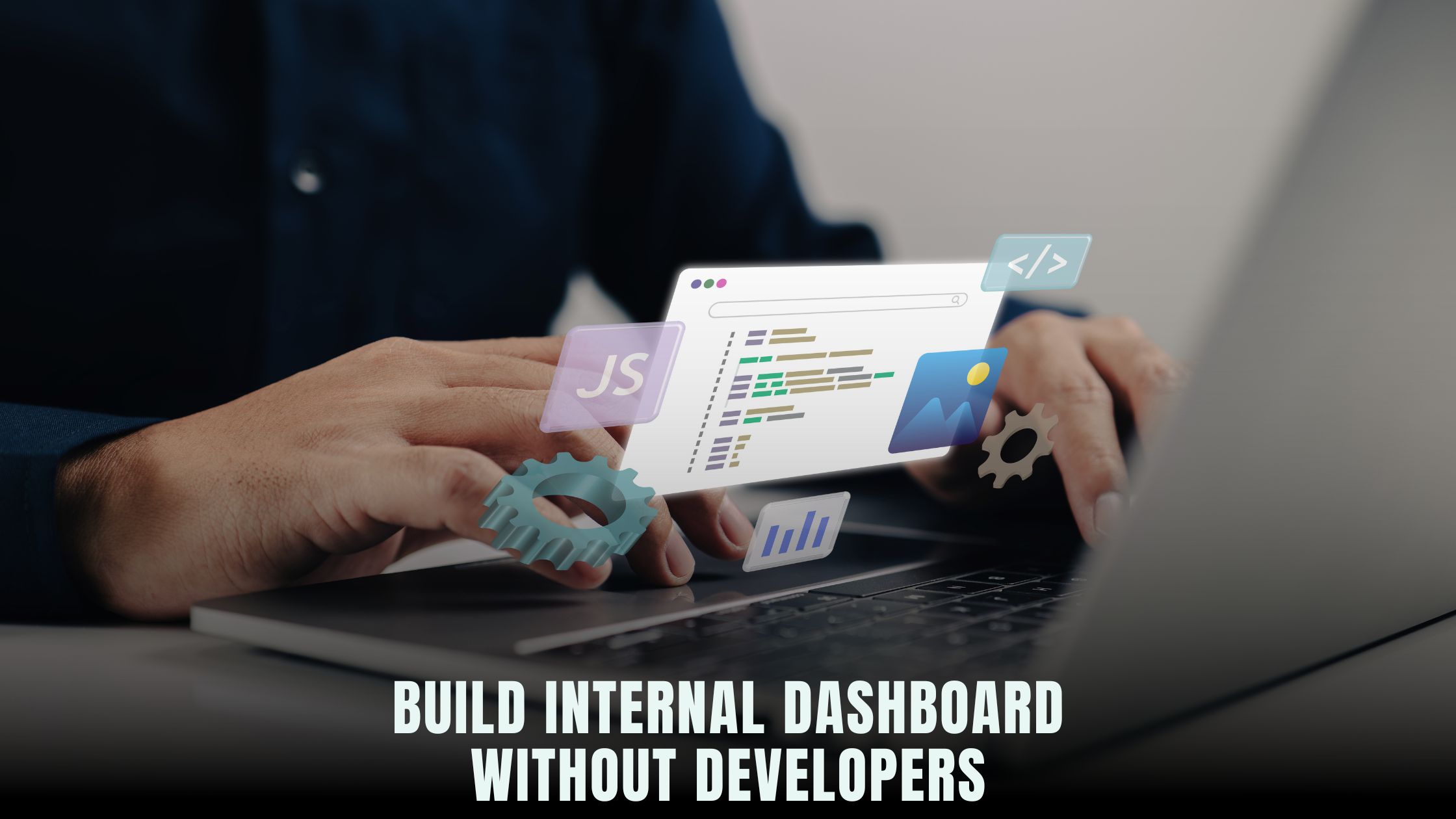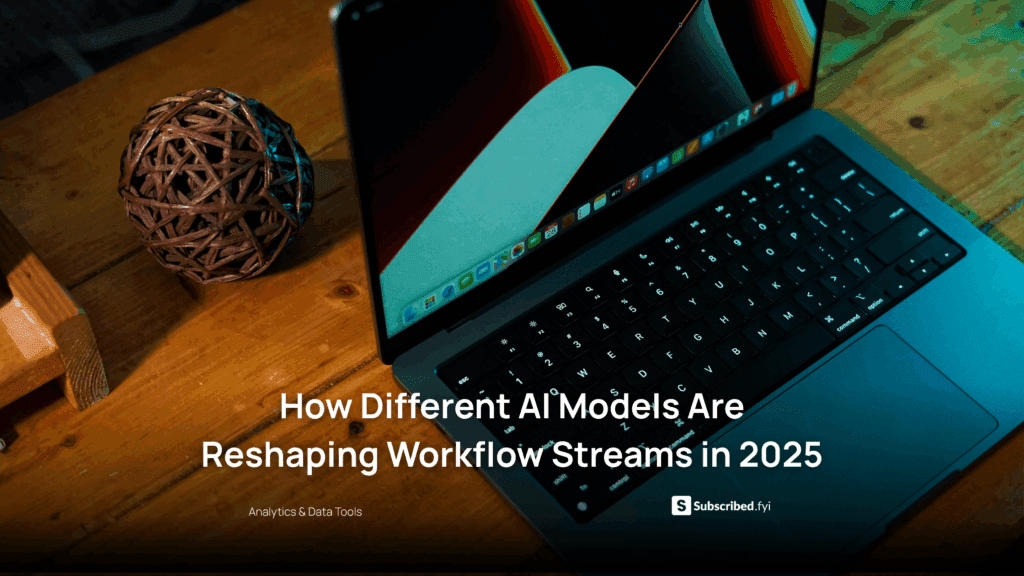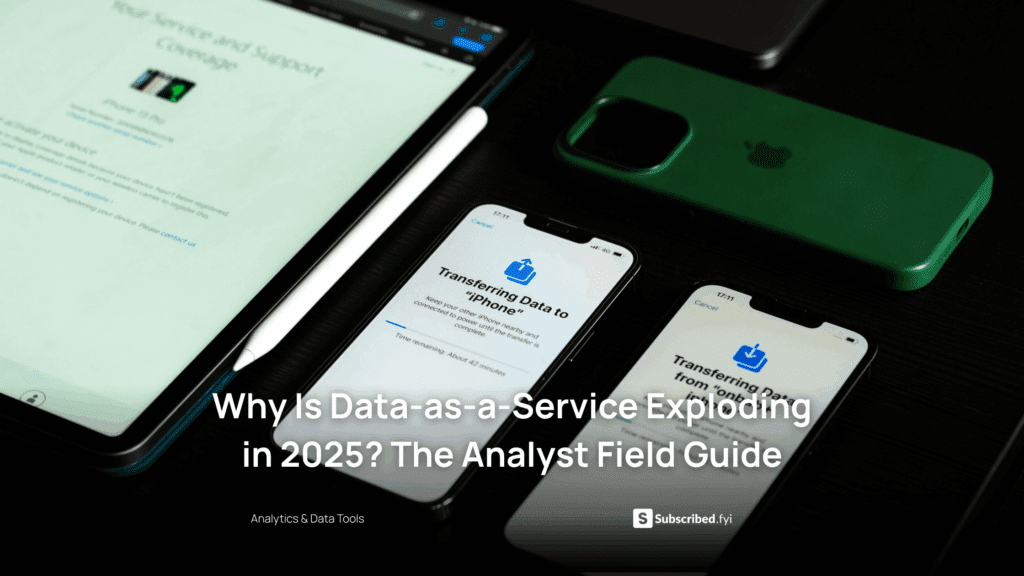How to Build an Internal Dashboard Without Developers?
- WebOps Platforms Bug Tracking & Feedback Software Web Development & Design Website Builder


Creating a custom internal dashboard used to mean weeks of meetings with developers, server provisioning, and maintaining complex codebases. Today, no-code platforms like Hostinger Horizons let anyone—from operations managers to data analysts—connect to sources, design interactive charts, and launch live dashboards in minutes. For a broader perspective, the AI-Powered Website Builders List highlights tools that simplify data binding, user authentication, and real-time previews without touching a single line of code.
A great internal dashboard centralizes your key performance indicators, spotlights trends, and empowers teams to make data-driven decisions instantly. Rather than waiting on a developer backlog, you can prototype, test, and refine your dashboard on the fly. If you’d like inspiration on layout patterns, the Vibe Coding Directory showcases a variety of dashboard designs—everything from sleek KPI chips to complex drill-down charts—that you can replicate with no-code builders.
Planning Your Dashboard: Metrics, Users, and Data Sources
Before diving into any tool, take a moment to define exactly what your dashboard needs to display. Start by listing the top business metrics you track daily, such as sales totals, support ticket volumes, or website conversion rates. Next, determine who needs access—team leads, executives, or external partners—and what level of detail they require. Finally, identify where your data lives: internal databases, third-party APIs, spreadsheets, or CSV files.
With Hostinger Horizons, you can describe your data sources in plain English—“connect to our Stripe API and pull daily revenue figures”—and the platform automatically sets up the integration. This chat-based workflow transforms planning into an interactive conversation, drastically reducing setup friction. You’ll know exactly what information each stakeholder needs and how it flows into your dashboard before you build a single widget.
Selecting a No-Code Dashboard Platform
Not all no-code builders are created equal. When choosing a platform, evaluate its data connectivity, visualization capabilities, collaboration features, and deployment model. Hostinger Horizons excels by bundling hosting, domains, SSL certificates, and real-time sandbox previews into one intuitive interface. You don’t need to learn server administration or DNS management—everything from the AI-driven chat UI to expert 24/7 support is included.
Alternatively, platforms like Bolt Builder and Tempo Prototyping also offer strong visualization libraries and database integrations. Compare how each handles API authentication, data caching, and role-based access controls. Ultimately, the right choice lets you focus on insights, not infrastructure.
Connecting Data Sources Without Code
The heart of any dashboard is data. No-code platforms simplify data binding through graphical interfaces and natural language prompts. In Hostinger Horizons, typing “fetch user signup data from Google Sheets every hour” sets up a scheduled pull, maps columns to variables, and creates a live data connection in minutes. For SQL-savvy teams, other tools might offer visual query builders that let you drag tables onto a canvas and define joins without hand-writing queries.
If you’re working with multiple sources—CRM, support ticket systems, ad platforms—look for a builder that can merge datasets on shared keys. For example, “merge sales data from Stripe and support tickets by customer email” will generate a unified view of revenue and service requests. This unified dataset then powers your visualizations, ensuring everyone sees the full picture.
Designing Effective Data Visualizations
Choosing the right visualization turns raw numbers into actionable insights. Use line charts to show trends over time, bar graphs for category comparisons, and pie charts for distribution breakdowns. Horizon’s AI chat can “create a line chart of daily active users and overlay it with marketing spend” so you can visually correlate spend and engagement.
Interactive filters let stakeholders slice data by region, product line, or time period. Typing “add filter dropdown for product category” instantly adds a widget that filters all charts on the page. No-code builders often include drill-down capabilities: users click on a data point to reveal more granular details. This dynamic interactivity replaces static spreadsheets and manual filtering, keeping everyone engaged and informed.
Building Interactive Widgets and Controls
Beyond charts, dashboards benefit from interactive controls like date pickers, toggle switches, and input fields. A financial dashboard might include an input widget for adjusting commission rates and immediately reflect those changes in projected revenue charts. In Hostinger Horizons, you can ask “add slider for commission rate from 5% to 20%” to create that control in seconds.
Other helpful widgets include data tables with search and sort functionality, KPI cards that highlight top-line metrics, and gauge meters for threshold-based alerts. By combining these elements, you build a dashboard that feels like a tailored business tool rather than a generic report.
Customizing Layout and Branding
A dashboard must be readable and on-brand. Use your company’s color palette, logo, and typography to maintain a cohesive look. Horizon’s AI chat lets you say “apply brand colors #004aad and #ffcc00 to charts and headings,” instantly theming every widget. Responsive grid layouts ensure that your dashboard rearranges gracefully on tablets and widescreen monitors.
Whitespace and visual hierarchy help viewers focus on the most important metrics first. Group related charts into panels, label each section clearly, and reserve prominent space for the KPIs that drive strategic decisions. A polished, branded dashboard builds trust and encourages regular use.
Testing and Collaboration in the Sandbox
Before you publish, test your dashboard in a sandbox environment. Hostinger Horizons offers a live preview where data updates in real time as you tweak settings. Invite team members to the sandbox, granting view-only or edit access as needed. Collect feedback on clarity, utility, and performance.
Performance matters: large datasets can slow load times. Use sandbox testing to simulate real-world data volumes, then apply caching strategies—“cache API responses for 10 minutes”—to balance freshness and speed. Iterative testing ensures your final dashboard meets both functional and user-experience requirements.
Publishing and Securing Your Dashboard
Once your dashboard is polished, publishing should be effortless. In Hostinger Horizons, a single “Publish” click deploys your dashboard to a global CDN, provisions an SSL certificate, and sets up a secure subdomain or your custom domain. You don’t need to manage servers, uptime monitoring, or certificates yourself.
Security is paramount for internal dashboards. Configure role-based access controls so that only authorized users can view sensitive data. Integrate with single sign-on (SSO) providers like Okta or Google Workspace to enforce corporate authentication policies. Horizon’s built-in support for SSO and granular permissions keeps your data safe.
Maintaining and Scaling Your Dashboard
Dashboards require ongoing maintenance as data sources, business needs, and user feedback evolve. Schedule automatic data refreshes—“refresh sales data every 30 minutes”—to keep metrics current. Monitor performance and set alerts for failures. Horizon automatically snapshots revisions, so you can revert to a working version if an update breaks a chart or data connection.
As your organization grows, you may need advanced features. Hostinger Horizons scales seamlessly: add more data sources, invite unlimited viewers, and spin up additional dashboards for new teams without worrying about infrastructure limits or extra hosting fees.
Advanced Integrations and Notifications
Beyond static dashboards, many teams benefit from alerts and automated workflows. Use no-code tools to trigger email or Slack notifications when metrics cross thresholds—“send Slack alert if daily orders drop below 100.” Horizon’s chat prompts help you configure these automations without scripting.
Integrate external services like Zapier or Integromat to extend your dashboard’s capabilities. For instance, a support dashboard could automatically open a Jira ticket when unresolved tickets exceed a threshold. These advanced integrations transform your dashboard into a proactive business tool.
Empowering Teams with No-Code Dashboards
Building an internal dashboard without developers is no longer a dream—it’s an accessible reality. Platforms like Hostinger Horizons combine AI-driven chat workflows, real-time sandbox previews, and managed infrastructure into a unified no-code environment. You get powerful data binding prompts, a wide array of widgets, responsive layouts, and built-in security controls—all with expert support on standby whenever you need it.
By taking charge of your dashboard’s design, data, and deployment, you free your developers to tackle more complex projects and empower your teams to own their metrics. Whether you’re tracking financial KPIs, operational metrics, or customer satisfaction scores, a no-code dashboard helps you spot opportunities and address issues before they escalate.
Embrace the future of internal tools: build, test, and launch your custom dashboard in minutes, not months, and transform raw data into clear, actionable insights—without writing a single line of code.











